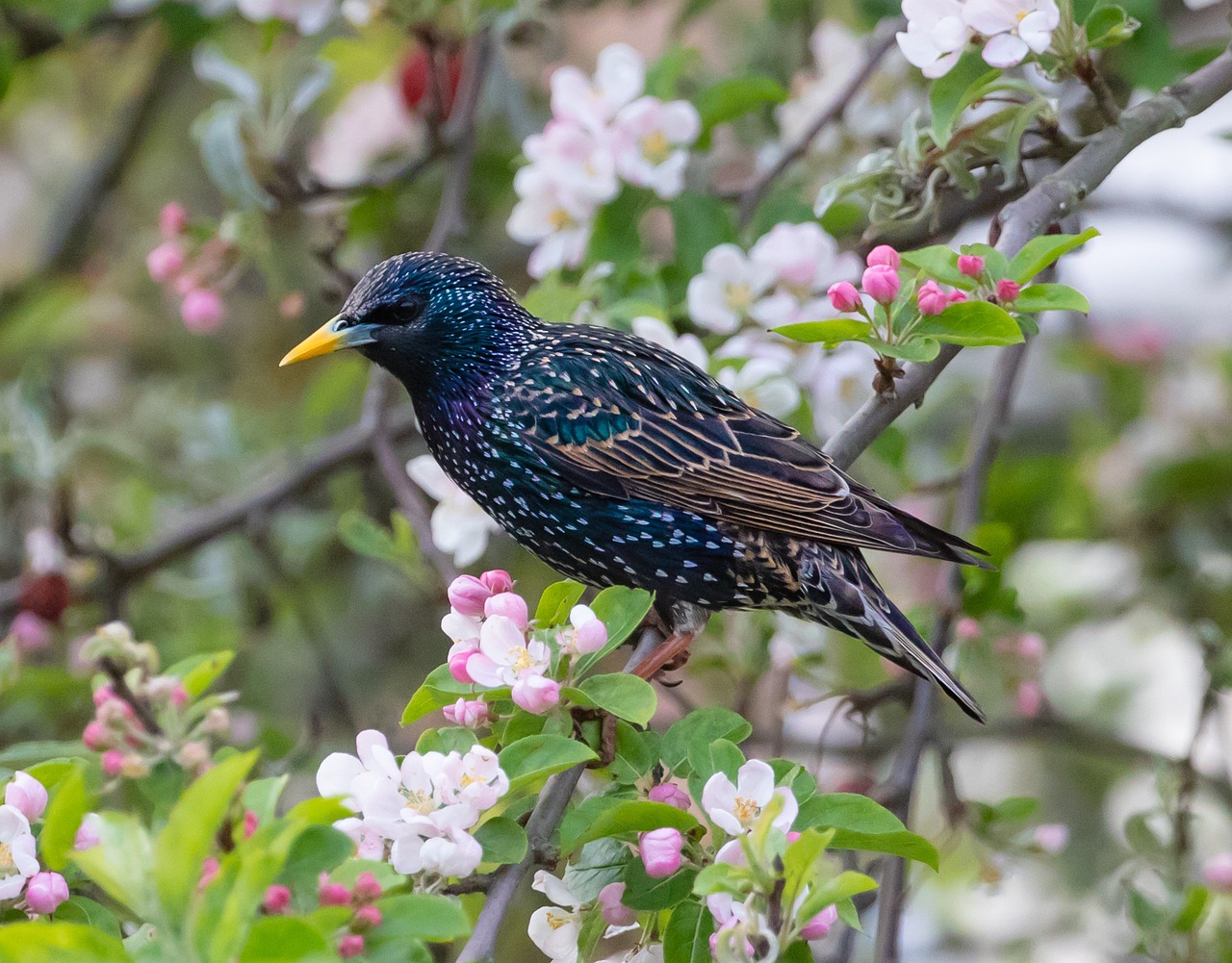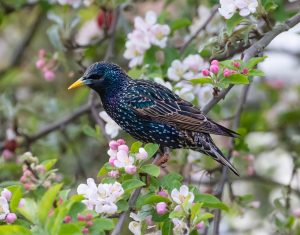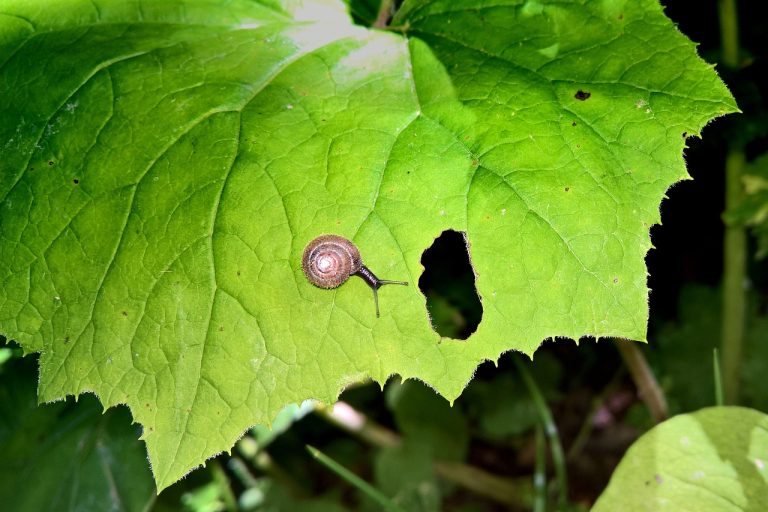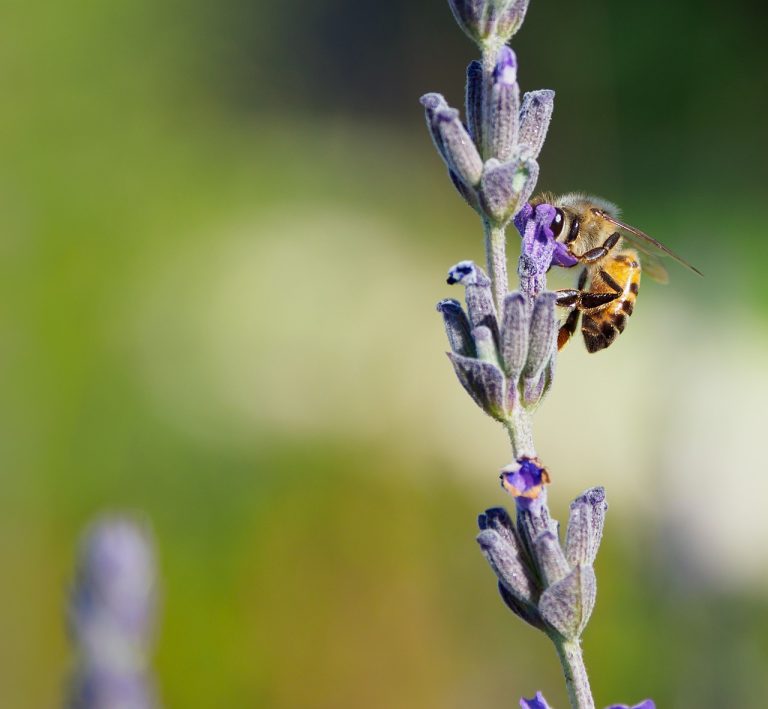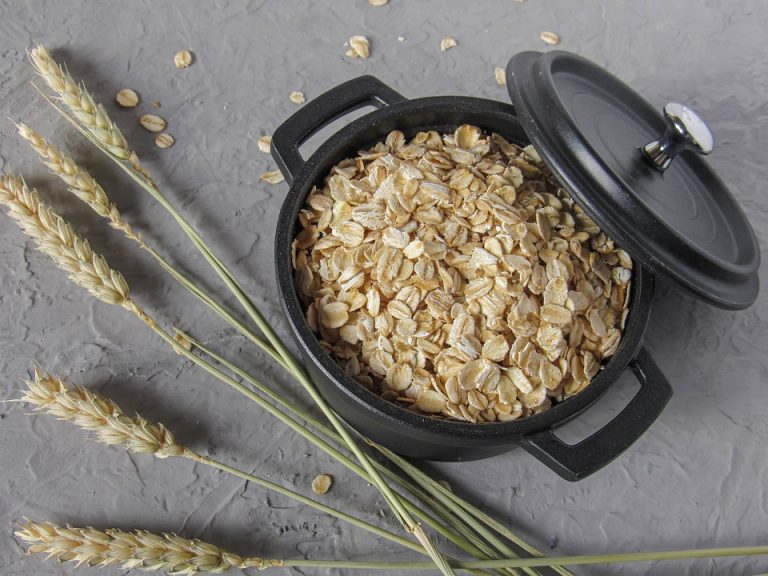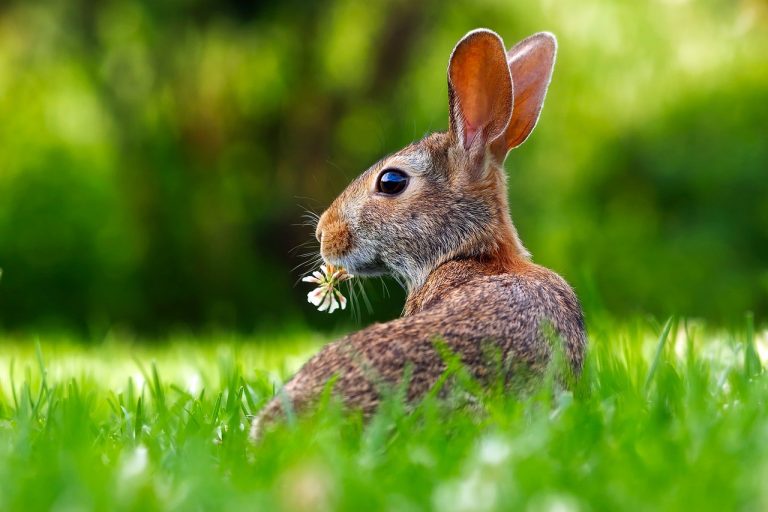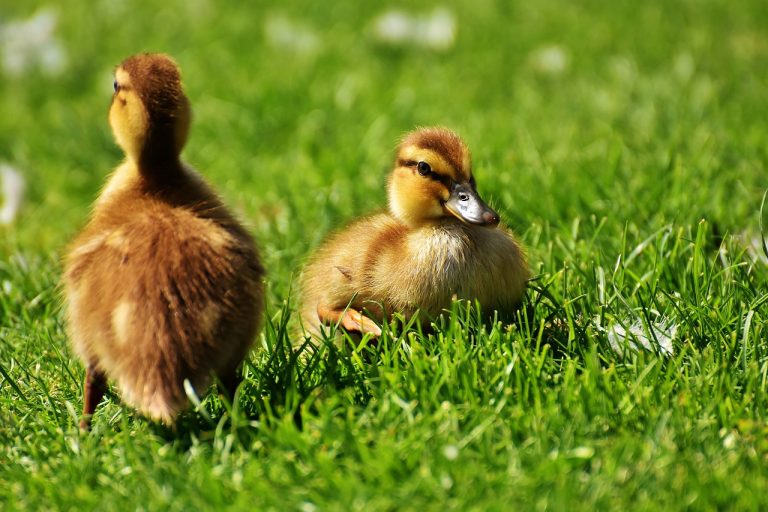HOW TO GET RID OF STARLINGS IN BARN (6 USEFUL TIPS)
“In the twilight hours, as the sun dips below the horizon and the world is painted in shades of indigo, there’s a hidden spectacle that unfolds in countless barns across the countryside. It’s a raucous and captivating performance, starring none other than the mischievous starlings.
These feathered intruders, with their iridescent plumage and symphonies of chirps, may charm the eye, but they can wreak havoc upon your barn. So, if you’ve ever wondered how to transform your barn into a peaceful haven once more, join us on a journey to discover the secrets of getting rid of starlings in your rustic refuge. It’s time to bring back the tranquility of your barn and bid adieu to these avian interlopers.”
HOW TO GET RID OF STARLINGS IN BARN?
Getting rid of starlings in your barn can be a challenging task, but it’s essential to protect your property from these noisy and invasive birds. To effectively address this issue, start by removing potential food sources that attract them, like spilled grain or uncovered livestock feed.
Repair any holes or gaps in the barn structure, as starlings often nest in these openings. Consider using deterrents like reflective objects, netting, or noise devices to discourage starlings from roosting in your barn. Employing humane methods is crucial, as many areas have regulations protecting these birds. By implementing these strategies, you can reclaim your barn from starlings and prevent future infestations.
UNDERSTAND THE STARLING PROBLEM
To effectively address the starling problem in your barn, it’s crucial to first grasp the nature of the issue. Starlings are notorious for their aggressive tendencies, tendency to congregate in substantial numbers, and proclivity for nesting in cavities, such as those found in barn structures. This behavior can lead to a range of issues for barn owners, with one of the most notable problems being the droppings these birds leave behind.
Starling droppings can contaminate feed and water sources, posing a risk to the health of your livestock. By thoroughly understanding these aspects of the starling problem, you’ll be better equipped to select and implement the right strategies for effectively managing and eliminating these pesky birds from your barn.
IMPLEMENT HUMANE DETERRENTS
When dealing with a starling infestation in your barn, it’s often preferred to opt for humane deterrents as the first line of defense. These methods aim to discourage starlings without causing them harm.
BIRD NETTING:
Bird netting is a highly effective means of preventing starlings from entering and roosting in your barn. Install netting over openings and gaps that the birds might exploit as entry points. This physically blocks their access while allowing them to remain unharmed.
BIRD SPIKES:
Bird spikes are another humane option. Placing these spikes on flat surfaces where starlings typically land or roost can make these areas uncomfortable, dissuading them from staying in those spots.
REFLECTIVE TAPE:
Starlings are wary of movement and shiny objects. Hanging reflective tape in your barn can create a visually unsettling environment for them. The tape will sway in the breeze and reflect light, making the birds uncomfortable and less likely to settle.
DECOY OWLS:
Decoy owls are used as scare devices. Starlings view owls as natural predators, so placing decoy owls strategically within your barn can deter them. Be sure to move the decoy owls periodically to maintain their effectiveness.
MAINTAIN A CLEAN ENVIRONMENT
One of the fundamental strategies in starling control is to maintain a clean and uninviting environment in your barn. Starlings are drawn to locations where they can find ample food and nesting materials. Here’s how to accomplish this:
SPILLED FEED REMOVAL:
Regularly clean up any spilled feed in your barn. Starlings are opportunistic feeders and will readily exploit any available food source. By eliminating spilled feed, you remove a significant attraction for them.
SECURE FOOD STORAGE:
Store your livestock feed in secure containers or bins that are not accessible to the birds. This not only prevents contamination but also removes a key incentive for starlings to enter your barn in the first place.
SEAL OPENINGS:
Carefully inspect your barn for any openings or gaps that could serve as entry points for starlings. These birds can slip through surprisingly small spaces. Seal these openings to deny them access.
NESTING SITE PREVENTION:
Starlings are cavity-nesting birds. Check for potential nesting sites within your barn, such as rafters or beams. Install barriers or netting to prevent them from establishing nests.
By taking these steps, you make your barn a less appealing habitat for starlings. A clean and well-protected environment minimizes their attraction and encourages them to seek shelter elsewhere. This proactive approach can go a long way in keeping starlings at bay and safeguarding your barn and livestock from their disruptive presence.
UTILIZE SOUND AND LIGHT REPELLENTS
In your quest to rid your barn of starlings, sound and light repellents can be valuable tools. These methods leverage the sensory sensitivities of starlings to encourage them to seek shelter elsewhere.
SONIC DEVICES:
Sonic devices emitting predator calls or distress cries can be highly effective in deterring starlings. Starlings are social birds, and the sounds of distress or the presence of perceived predators will make them uneasy. Place these devices strategically in areas where starlings congregate or roost to create an environment that they find uncomfortable.
MOTION-ACTIVATED LIGHTS:
Motion-activated lights are another useful option. Starlings are naturally averse to sudden movements and unexpected disturbances. Installing motion-activated lights can startle them and disrupt their roosting patterns, making your barn less appealing to them.
These sound and light repellents are particularly effective during the roosting season when starlings seek safe and sheltered locations. By incorporating these methods into your starling control strategy, you can discourage these birds from staying in your barn and encourage them to seek more tranquil surroundings, ultimately safeguarding your barn and livestock.
SEEK PROFESSIONAL HELP
In cases where your starling infestation proves to be severe, persistent, or beyond your control, it’s wise to consider enlisting the assistance of a pest control professional. These experts possess the knowledge and experience to effectively manage starling problems while ensuring humane and ethical treatment.
ASSESSMENT:
Pest control professionals will thoroughly assess the extent of the starling infestation in your barn. Their expertise allows them to identify key roosting and nesting areas, as well as patterns of activity.
TARGETED SOLUTIONS:
Based on their assessment, these professionals will devise and implement targeted solutions. These may include trapping and relocation, which should always be carried out in a humane manner to minimize harm to the birds.
EXPERTISE:
Pest control experts are well-versed in local regulations and best practices for dealing with nuisance wildlife. They will ensure that their interventions comply with relevant laws and regulations.
By seeking the assistance of professionals, you not only benefit from their knowledge and experience but also ensure the most humane and ethical resolution to your starling issue. This is particularly crucial when dealing with severe or persistent infestations that may pose a threat to your barn and livestock.
CONSISTENCY IS KEY
To effectively keep starlings at bay and maintain a bird-free environment in your barn, consistency in your efforts is vital. Once you’ve implemented your chosen starling control methods, it’s crucial to keep up with them consistently. This not only deters starlings from returning but also establishes a pattern that discourages their presence.
REGULAR MAINTENANCE:
Regularly inspect and maintain any deterrents, such as bird netting, spikes, sound devices, and lights. Ensure they remain in good working condition, replacing or repairing them as needed.
TIMELY ACTION:
Act promptly to address any issues that may attract starlings, such as spilled feed or newly discovered openings. The faster you respond, the less time starlings have to establish themselves in your barn.
SEASONAL CONSIDERATIONS:
Recognize that starling behavior can change with the seasons. Be prepared to adapt your control methods to address different roosting and nesting patterns throughout the year.
RECORD KEEPING:
Keep a record of your efforts and any changes in starling activity. This documentation can help you fine-tune your approach over time for better results.
By consistently and proactively managing your starling control methods, you create an environment in which starlings find it increasingly challenging to establish a presence. Over time, this will discourage their return and contribute to a more peaceful and sanitary barn for your livestock and property.
Frequently Asked Questions (FAQ) – How to Get Rid of Starlings in Barn
What are starlings, and why are they a problem in barns?
Starlings are small, invasive birds known for their noisy flocks and destructive behaviors. They often seek shelter in barns, where they can cause damage, introduce diseases, and compete with native bird species for resources.
What are the common signs of a starling infestation in a barn?
Signs of a starling infestation include large flocks of birds around the barn, increased noise, droppings, damage to structures, and nests built in rafters or eaves.
Is it legal to get rid of starlings in my barn?
In many places, starlings are considered invasive species, and there are legal means to control their populations. However, it’s essential to check local wildlife regulations and consult with authorities if you have concerns about legality.
What methods can I use to deter or remove starlings from my barn?
You can use various methods, such as installing bird spikes, using visual deterrents like reflective tape, or employing sound deterrents. Trapping and relocating starlings may also be an option in some cases.
Are there any humane methods for managing a starling infestation in the barn?
Yes, several humane methods can be effective, such as using bird netting to prevent entry, keeping the barn clean, and providing alternative nesting sites to encourage starlings to relocate.
Can I use poisons to control starlings in the barn?
It is not recommended to use poisons, as they can harm other wildlife, pets, and livestock. Poison use may also have legal implications.
What is the best time of year to address a starling infestation in the barn?
Ideally, it’s best to address the issue before breeding season in the spring. Preventing nesting and eggs can help control their population effectively.
How do I clean and disinfect my barn after a starling infestation?
Clean the barn thoroughly, removing nests, droppings, and feathers. Disinfect with appropriate solutions to minimize disease transmission.
Do ultrasonic devices work to repel starlings in the barn?
Ultrasonic devices have varying effectiveness, and results may differ. It’s essential to research and potentially combine them with other deterrent methods.
Are there professional pest control services that specialize in starling removal from barns?
Yes, many pest control services have experience in dealing with starling infestations and can offer effective solutions for your specific situation. It’s often advisable to consult with experts for the best results.
CONCLUSION
Dealing with a starling infestation in your barn can be a challenging but necessary task to protect your property and the well-being of your livestock. By implementing a combination of proactive prevention measures, humane deterrents, and, if needed, professional assistance, you can effectively get rid of starlings in your barn.
It’s important to remember that taking prompt action and maintaining a consistent approach is key to success in managing this common avian pest. With determination and the right strategies, you can create a safer and more peaceful environment for your barn and its occupants.

